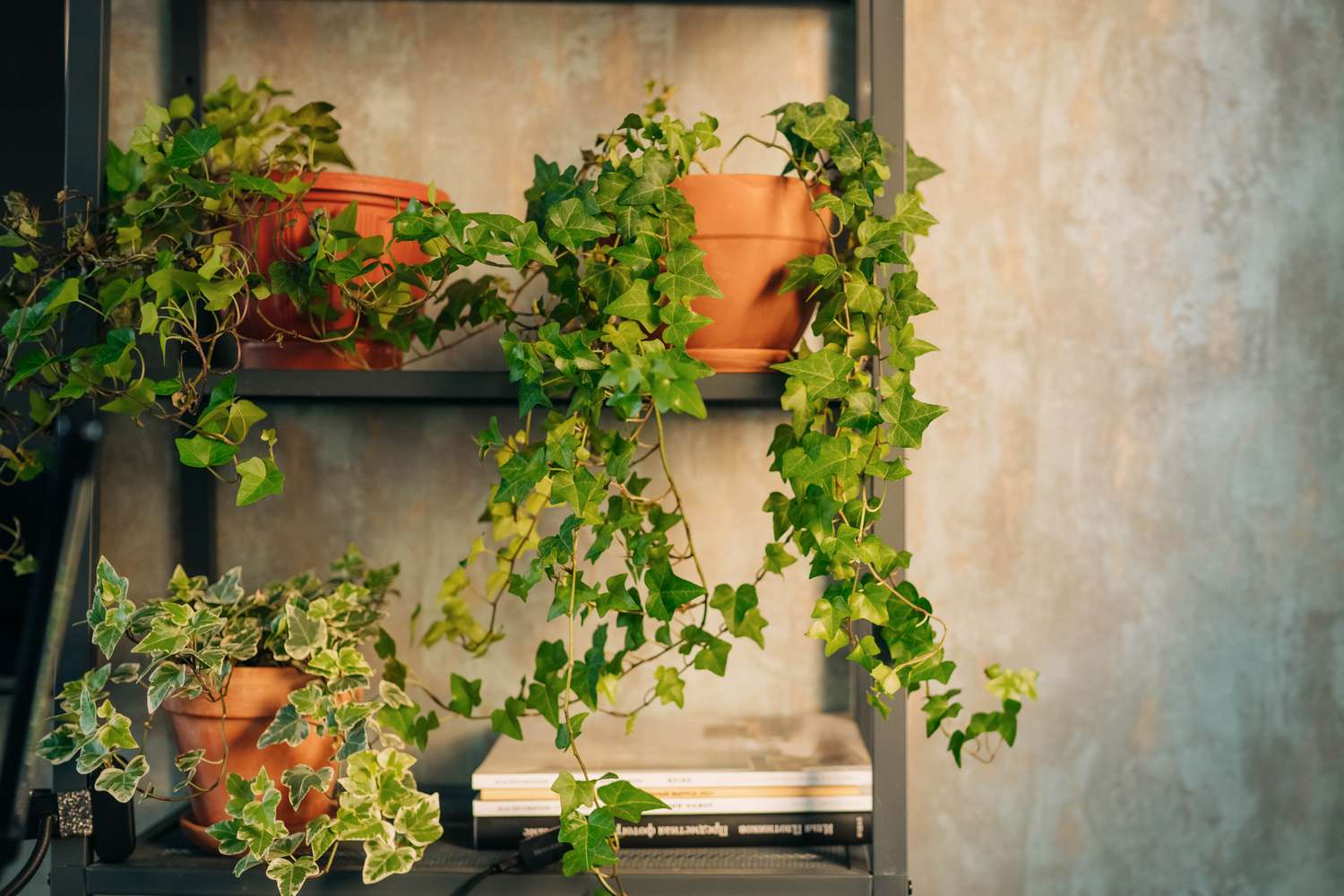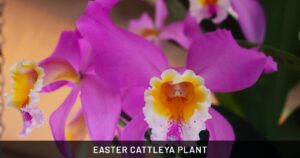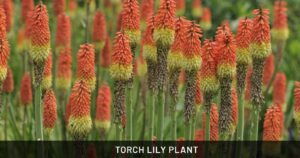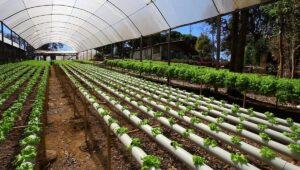Stunning Native Vining Plants: How to Grow and Use These Natural Beauties in Your Landscape
Native vining plants offer a stunning way to transform your garden while supporting local ecosystems. Whether you’re looking to add vertical interest, cover an unsightly fence, or create a wildlife-friendly habitat, these adaptable climbers provide beauty and ecological benefits that exotic varieties simply can’t match. In this comprehensive guide, we’ll explore the most impressive native vines for the US landscape, how to grow them successfully, and creative ways to incorporate them into your outdoor spaces.
Why Choose Native Vining Plants?
Before diving into specific varieties, it’s important to understand why native vines deserve a place in your garden. Native plants have evolved in your local environment for thousands of years, making them perfectly adapted to your region’s soil, climate, and wildlife.
When you choose native vining plants, you’ll enjoy:
- Lower maintenance requirements – Native vines typically need less water, fertilizer, and pest control than non-native species
- Wildlife support – Many native vines provide essential habitat and food for local pollinators and birds
- Environmental benefits – Native plants help prevent erosion, improve soil health, and require fewer resources
- Regional character – These plants help preserve the unique botanical heritage of your area
- Resistance to local conditions – Native vines have natural adaptations to withstand regional weather extremes
According to the United States Department of Agriculture, native plants are critical for maintaining biodiversity and ecological balance in our landscapes. By incorporating these plants into your garden, you’re playing an important role in conservation efforts.
Top Native Vining Plants for US Gardens
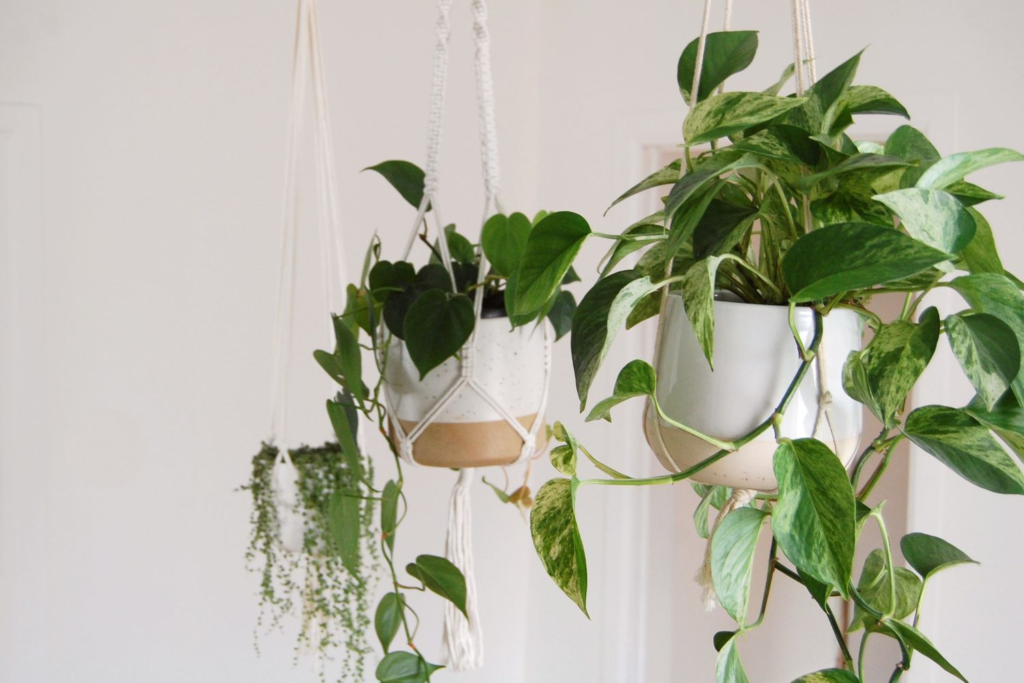
Eastern and Central US Stars
Virginia Creeper (Parthenocissus quinquefolia)
Virginia creeper is one of the most versatile and stunning native vines available to American gardeners. This vigorous grower is known for its spectacular fall color when its palmate leaves turn brilliant shades of red and purple.
Growing tips:
- Plant in full sun to part shade
- Tolerates a wide range of soil conditions
- Can climb to 30-50 feet
- Uses adhesive discs to climb, so no support structure is needed
- Prune in late winter to control size
Virginia creeper is often confused with poison ivy but is distinguished by its five leaflets (poison ivy has three). The berries provide important food for birds in fall and winter, making this vine an excellent choice for wildlife gardens.
American Wisteria (Wisteria frutescens)
Unlike its aggressive Asian cousins, American wisteria offers the same beautiful cascading purple flowers without the invasive tendencies. This vine produces fragrant, lavender-blue flower clusters in late spring to early summer.
Growing tips:
- Requires full sun for best flowering
- Prefers moist, well-drained soil
- Reaches 15-30 feet in height
- Benefits from a strong support structure
- Prune after flowering to maintain shape and encourage blooms
American wisteria is an excellent alternative to the Chinese and Japanese varieties that have become problematic in many areas. Its slightly smaller but equally beautiful flowers make it perfect for pergolas and arbors.
Trumpet Honeysuckle (Lonicera sempervirens)
This non-invasive native honeysuckle produces tubular red flowers that attract hummingbirds and butterflies throughout the growing season. Its semi-evergreen nature provides year-round interest in warmer zones.
Growing tips:
- Plant in full sun to light shade
- Adaptable to most soil types but prefers well-drained conditions
- Climbs to 10-15 feet
- Needs trellis or support to climb effectively
- Benefits from light pruning after flowering
Unlike the invasive Japanese honeysuckle, this native variety supports wildlife without taking over your garden. Its long bloom time makes it an excellent investment for pollinator gardens.
Western US Beauties
Western Virgin’s Bower (Clematis ligusticifolia)
This fast-growing native clematis produces clouds of small, fragrant white flowers in summer, followed by decorative silvery seed heads that persist through fall.
Growing tips:
- Thrives in full sun to part shade
- Prefers moist, well-drained soil
- Can grow 15-30 feet
- Needs support structure to climb
- Cut back in late winter for renewed vigor
Western Virgin’s bower is particularly valuable in xeriscape gardens as it becomes quite drought-tolerant once established. The fluffy seed heads add winter interest to the garden.
California Pipevine (Aristolochia californica)
This unique vine features unusual, pipe-shaped flowers and serves as the sole host plant for the pipevine swallowtail butterfly, making it a must-have for butterfly enthusiasts.
Growing tips:
- Prefers partial shade
- Needs consistent moisture
- Grows 10-15 feet tall
- Benefits from support structure
- Low maintenance with minimal pruning needs
While slower growing than some vines, California pipevine’s ecological importance makes it worth the patience required. Its unique flowers and heart-shaped leaves add distinctive character to garden designs.
Growing Guide for Native Vines
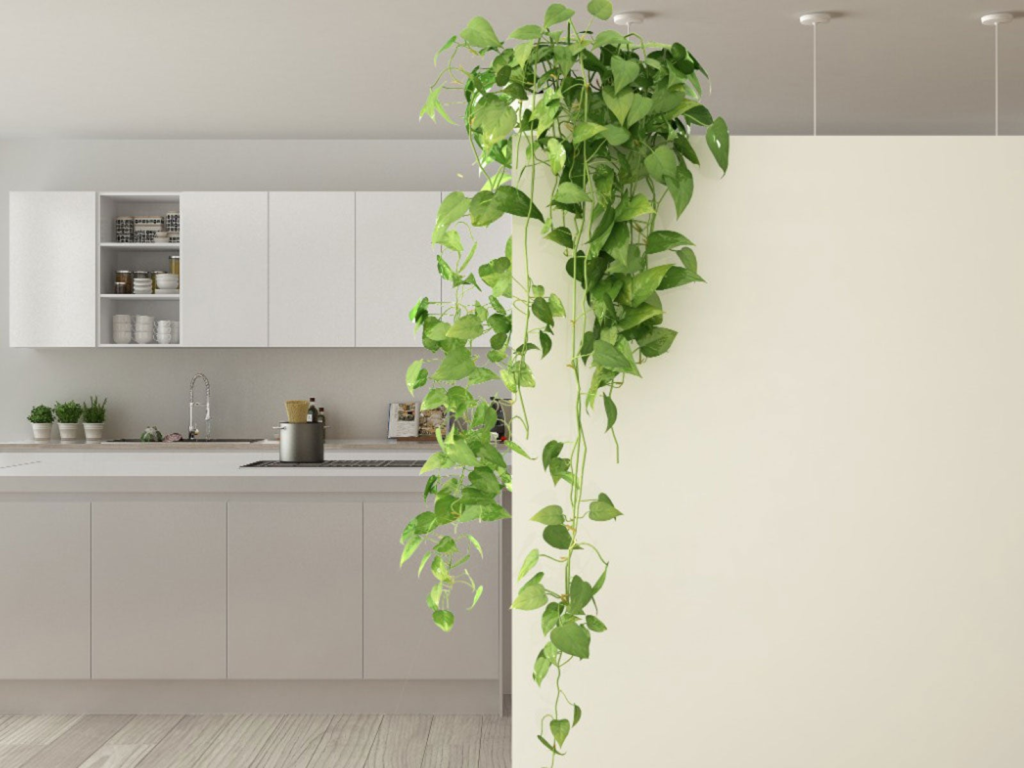
Site Selection and Preparation
Successful vine growth begins with proper site selection. Most native vines prefer:
- Soil with good drainage but adequate moisture retention
- Protection from harsh afternoon sun for woodland species
- Strong support structures that can handle the mature weight and size
- Adequate space for roots to spread and grow
Before planting, amend your soil with compost to improve drainage and fertility. Check the specific requirements of your chosen vine, as some prefer acidic conditions while others thrive in more alkaline soil.
Planting Techniques
When planting native vines:
- Dig a hole twice as wide as the root ball but equal in depth
- Gently remove the plant from its container and loosen bound roots
- Place the plant at the same depth it was growing in the container
- Backfill with soil mixed with compost
- Water thoroughly and apply a 2-3 inch layer of mulch, keeping it away from the stem
Plant vines about 6-12 inches away from their intended support structure to allow proper air circulation and root development.
Training and Support Options
Different native vines climb in different ways:
| Climbing Method | Examples | Recommended Support | Notes |
|---|---|---|---|
| Twining stems | American wisteria, honeysuckle | Arbors, pergolas, sturdy trellises | Need something to wrap around |
| Tendrils | Passionflower, clematis | Thin wires, lattice, mesh | Grasp onto thinner supports |
| Adhesive discs | Virginia creeper, climbing hydrangea | Walls, fences, trees | Can damage paint or mortar |
| Scrambling | Wild roses, brambles | Ground cover or informal supports | May need occasional tying |
For vines that don’t naturally attach to your desired structure, use garden twine or plant ties to guide growth in the right direction during the establishment phase.
Seasonal Care
Native vines generally require less maintenance than exotic species, but they still benefit from:
Spring:
- Apply a thin layer of compost around the base
- Check support structures for winter damage
- Begin training new growth as needed
Summer:
- Provide supplemental water during dry periods, especially for newly planted vines
- Monitor for pest issues, though most natives have good resistance
- Deadhead spent flowers if desired to encourage reblooming in some species
Fall:
- Reduce watering as plants prepare for dormancy
- Leave seed heads and berries for wildlife where appropriate
- Plant new vines early in fall to establish before winter
Winter:
- Apply mulch in colder regions to protect roots
- Prune summer-flowering vines while dormant
- Wait to prune spring-flowering vines until after bloom
Creative Uses for Native Vines in the Landscape
Vertical Gardening Solutions
Native vines offer excellent solutions for gardeners with limited space:
- Green walls: Create living walls using wire frames planted with native vines
- Privacy screens: Establish fast-growing vines on trellises to create natural barriers
- Balcony gardens: Use container-friendly natives like crossvine or clematis to add greenery to apartments
- Overhead shade: Train vines across pergolas to create cooling shade in summer months
When planning vertical gardens, ensure your structure can support the mature weight of your chosen vine and consider seasonal changes in sun exposure.
Ecological Garden Design
Incorporate native vines into your landscape to create habitat-rich spaces:
- Butterfly gardens: Plant pipevine, passionflower, and coral honeysuckle to support specific butterfly species
- Bird-friendly landscaping: Include Virginia creeper, native grapes, and wild clematis for nesting sites and food
- Pollinator pathways: Connect fragmented habitat by creating corridors of native flowering vines
- Woodland edge restoration: Use native vines as transitional plants between wooded areas and more open spaces
According to the U.S. Fish and Wildlife Service, creating these native plant corridors is essential for supporting declining pollinator populations.
Problem-Solving with Vines
Native vines can address common landscape challenges:
- Erosion control: Fast-growing vines like Virginia creeper can stabilize slopes
- Unattractive views: Strategic vine placement can screen unsightly utilities or neighboring structures
- Heat mitigation: Vines on south-facing walls can reduce cooling costs
- Hardscape softening: Add vines to soften the appearance of retaining walls, fences, and other hard elements
When using vines to solve landscape problems, match the vine’s growing habits to your specific situation for best results.
Companion Planting with Native Vines
Creating effective plant combinations with native vines enhances both their beauty and functionality:
- Structural support: Pair smaller vines with sturdy native shrubs like elderberry or viburnum
- Seasonal interest: Plant spring-flowering shrubs beneath summer-blooming vines
- Color combinations: Choose complementary colors, like the purple flowers of American wisteria against the yellow blooms of native sunflowers
- Layered habitats: Combine ground covers, shrubs, and vines to create diverse wildlife habitats
When designing these combinations, consider the mature size and growing requirements of all plants to ensure they’ll thrive together long-term.
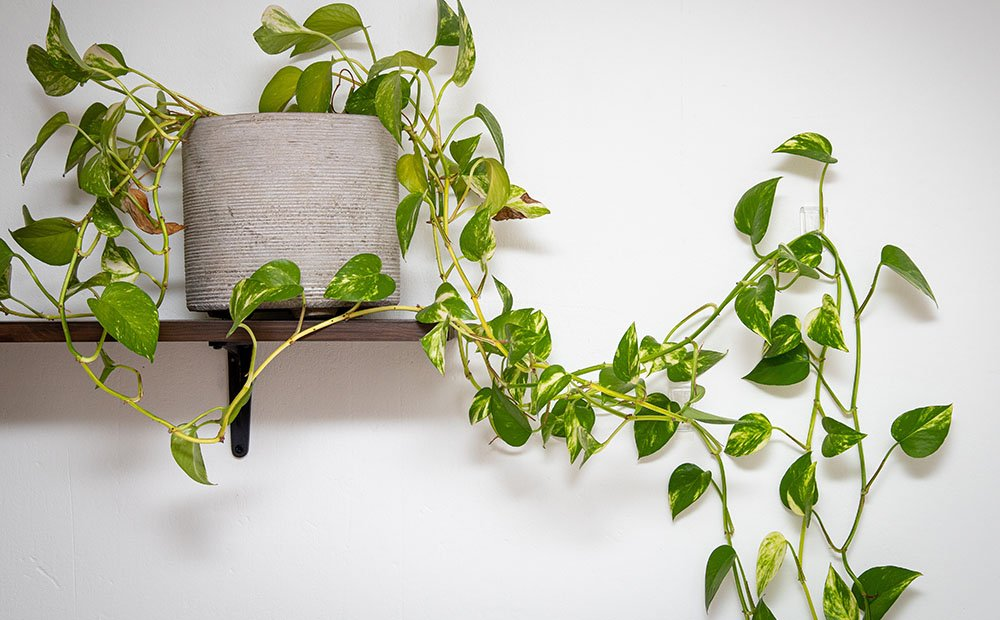
Common Challenges and Solutions
Even low-maintenance native vines can face occasional issues:
Challenge: Slow establishment Solution: Be patient and provide consistent moisture during the first year. Many native vines focus on root development before vigorous top growth.
Challenge: Limited flowering Solution: Check sun exposure—most flowering vines need at least 6 hours of direct sunlight. Also ensure proper pruning timing, as cutting at the wrong season can remove flower buds.
Challenge: Aggressive growth Solution: Install root barriers for vigorous species and plan for regular pruning. Choose less vigorous species for smaller spaces.
Challenge: Pest problems Solution: Support natural predators by avoiding pesticides. Most damage is cosmetic and will resolve as local ecosystem balance improves.
Harvesting and Using Native Vines
Many native vines offer more than just ornamental value:
- Crafting materials: The flexible stems of virgin’s bower and wild grape can be used for wreath-making and basketry
- Culinary uses: Wild grape leaves can be used for wrapping dolmas, and passionflower fruits are edible in some species
- Natural dyes: Virginia creeper berries and roots produce various pigments for natural fabric dyeing
- Medicinal properties: Some native vines like passionflower have traditional medicinal uses, though always consult healthcare providers before using any plant medicinally
When harvesting from native vines, practice sustainability by taking only what you need and ensuring enough remains for wildlife and plant reproduction.
Conclusion
Native vining plants offer American gardeners a perfect combination of beauty, ecological value, and versatility. By incorporating these regional treasures into your landscape, you’ll create a garden that’s not only stunning but also supports local wildlife and requires less maintenance than exotic alternatives.
Whether you’re covering a fence, creating a living screen, or adding vertical interest to your garden, there’s a native vine perfectly suited to your needs. Start with one or two species appropriate for your region, and you’ll soon discover why these natural climbers deserve a prominent place in contemporary American gardens.
Remember that your garden is part of a larger ecosystem, and your plant choices make a difference. By choosing native vining plants, you’re contributing to the preservation of America’s natural heritage and creating a more sustainable landscape for future generations to enjoy.
